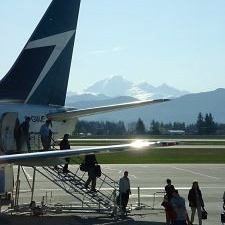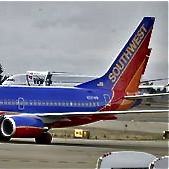Travel Tips
Which Airlines Can You Rely On?
 On Wednesday, Forbes magazine released the results of a study that analyzed five years of data to determine the “most reliable” airlines.
On Wednesday, Forbes magazine released the results of a study that analyzed five years of data to determine the “most reliable” airlines.
Categories included on-time arrival figures, cancellations, complaints and mishandled baggage, and incorporated data from the Aviation Consumer Protection Division of DOT as well as consumer satisfaction rankings from J.D. Power and Associates, among other sources.
So … which airline has the best reliability ranking?
Southwest came in first in many categories, including number of cancellations and on-time performance, while the widely-disliked U.S. Airways ranked lowest in many, including number of complaints and mishandled baggage.
 However, the old truism that you get what you pay for many not be so true after all—budget and discount airlines such as Southwest, JetBlue and AirTran captured three of the top four spots in the overall rankings.
However, the old truism that you get what you pay for many not be so true after all—budget and discount airlines such as Southwest, JetBlue and AirTran captured three of the top four spots in the overall rankings.
Airlines are under increasing scrutiny from passengers, who are looking for a positive upside to the unpopular fees and price hikes.
In an era where it can cost up to $25 to check one bag and an additional $50 to check a second, customers want to know that their bag will at least get to their destination safely and that their flight will be on time. This is why carriers such as Southwest, with only a 0.65 percent cancellation rate and a more than 80 percent punctuality rate, beat out airlines such as Alaska, with a 74 percent on-time rate, and US Airways, with 8.5 mishandled bags per thousand.
However, industry experts say that the flying public has to put the recent changes in the airline industry in perspective.
Before the industry was deregulated in the 1970s, airfares were 50 percent more expensive than they are now, when adjusted for inflation. Furthermore, experts warn that customers will have to change their expectations as airlines adjust their business models. Instead of building their businesses around cheap oil, airlines are starting to restructure to ensure long-term stability.
This means that capacity cuts and charges for services that were once free are changes that are here to stay.
Related links: Washington Post, Forbes
By Karen Elowitt for PeterGreenberg.com.
Get more information about changes to aviation in our Airlines & Airports section.
Or read more top travel news stories in our Travel News Analysis section.












